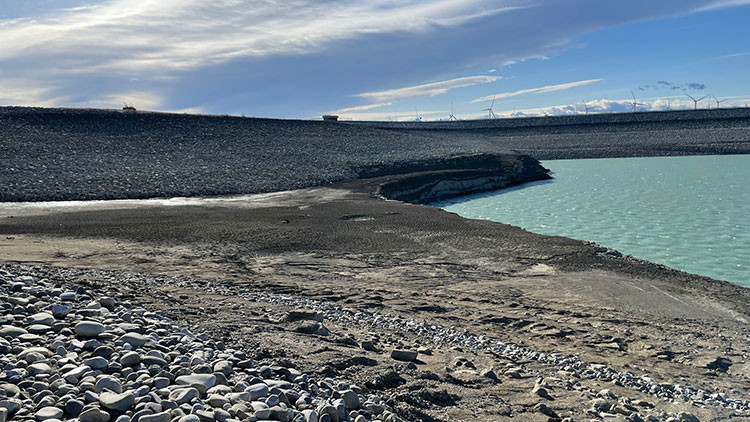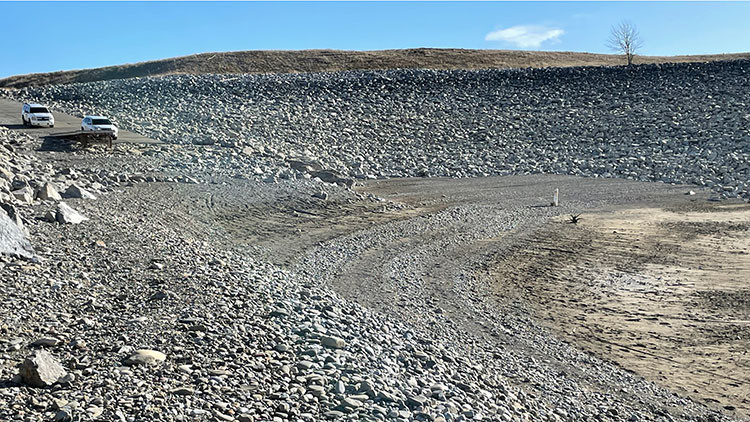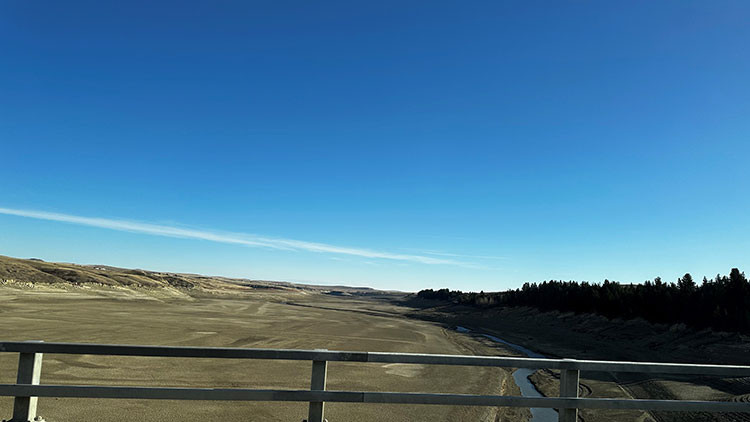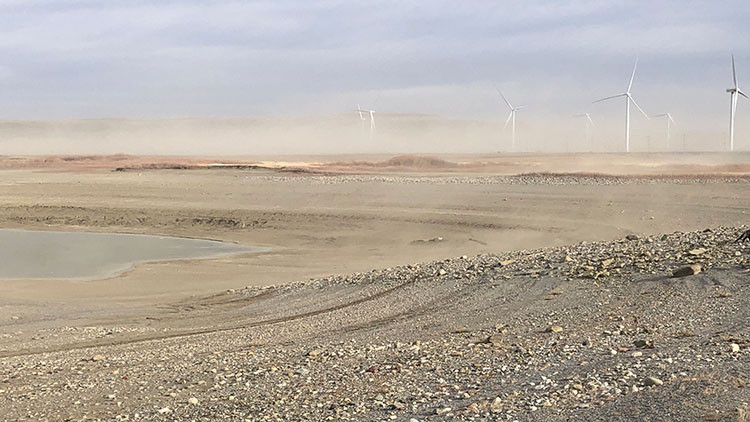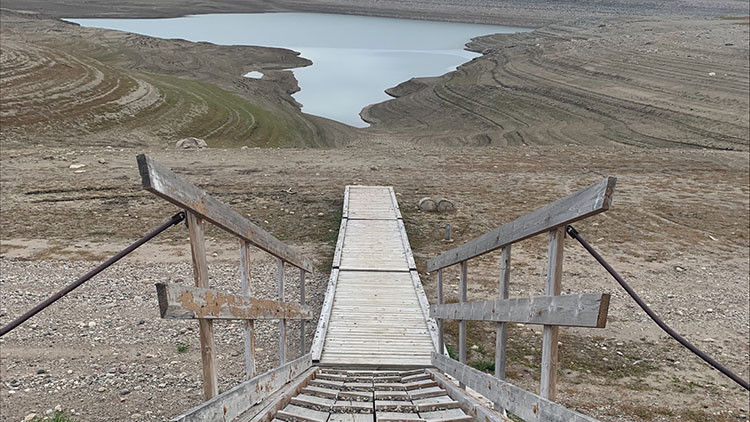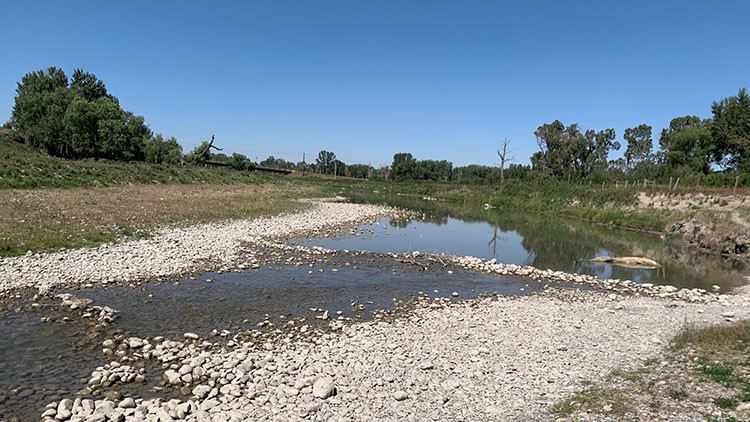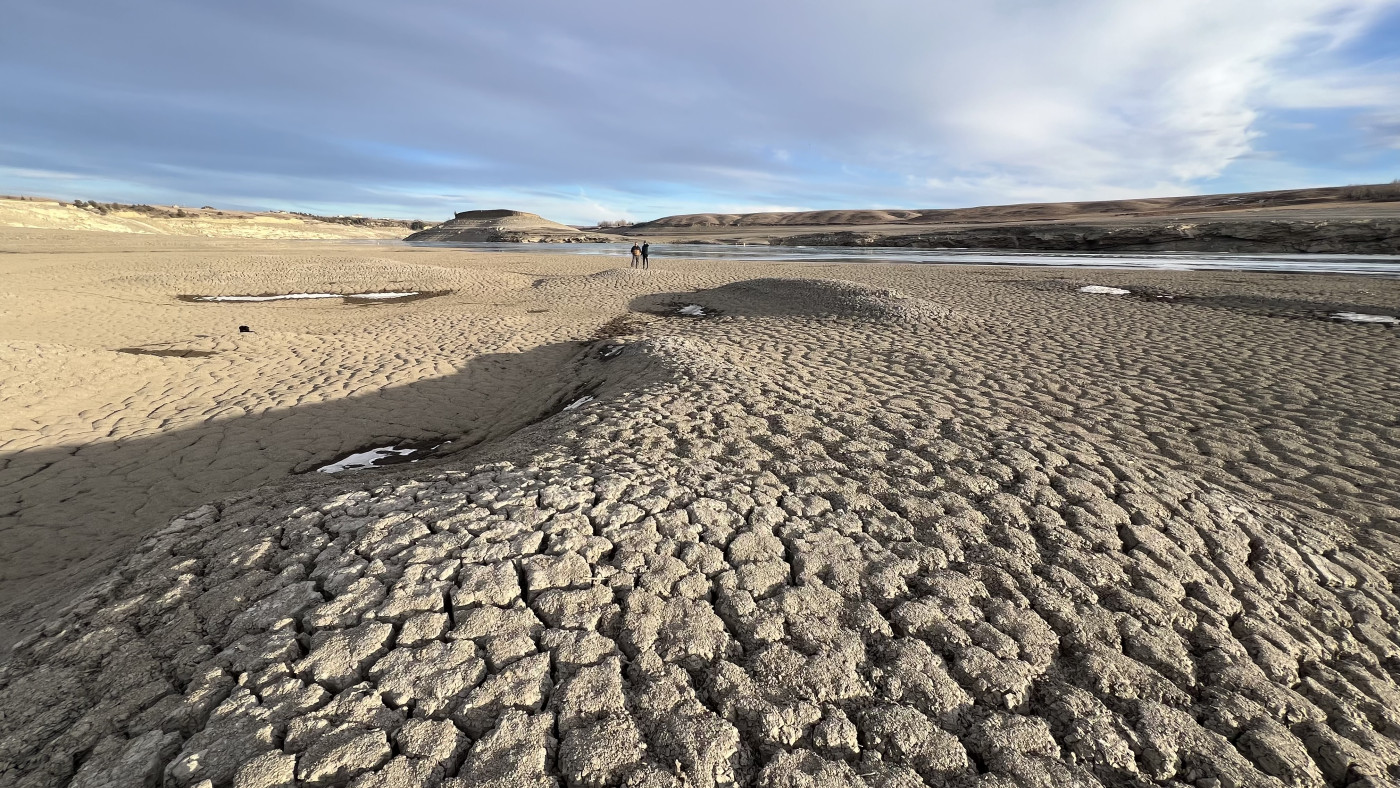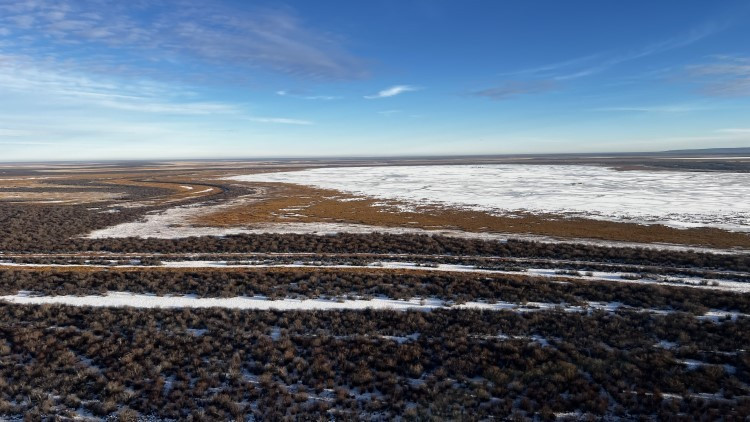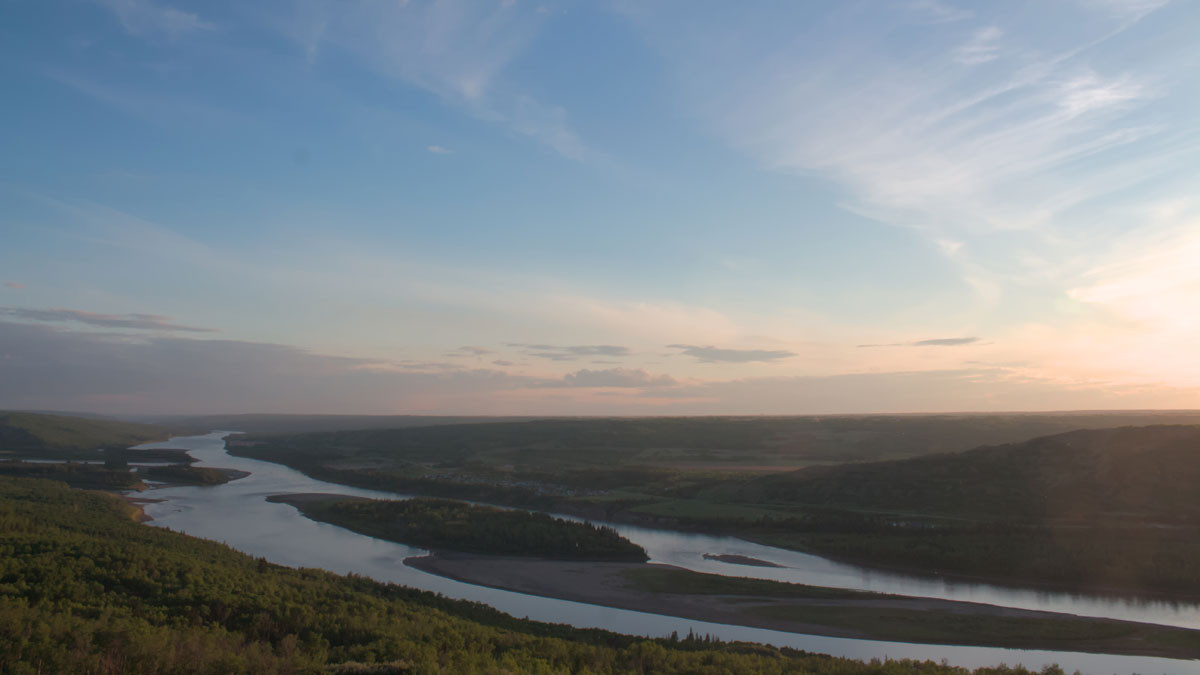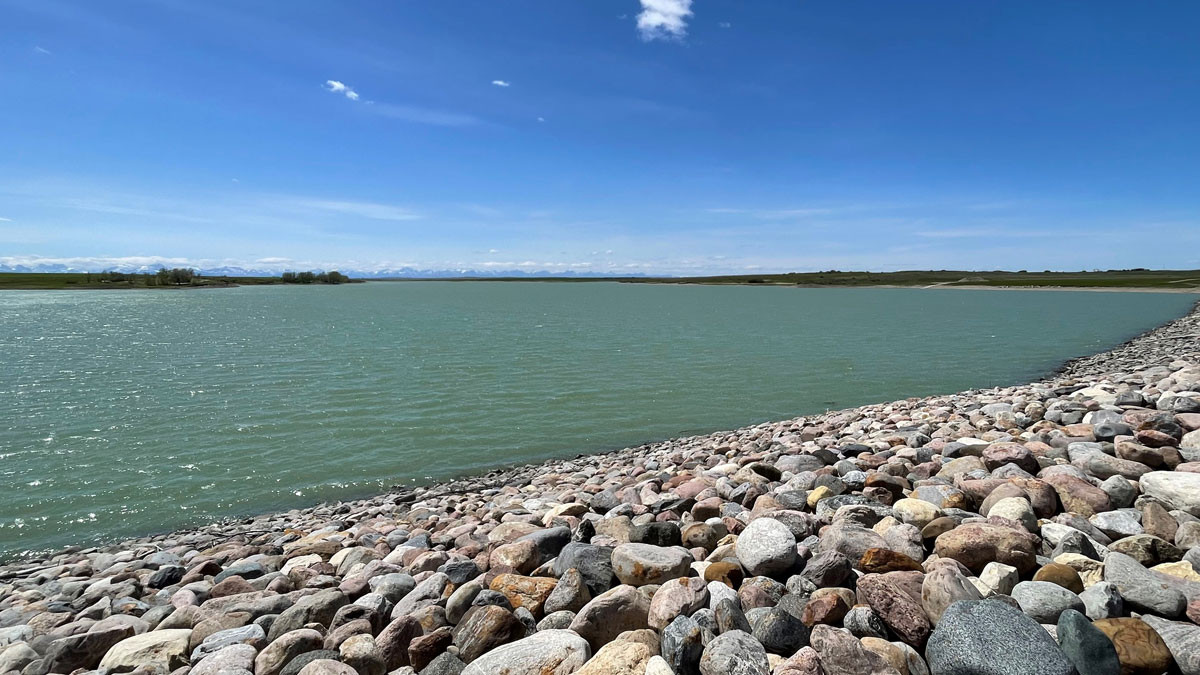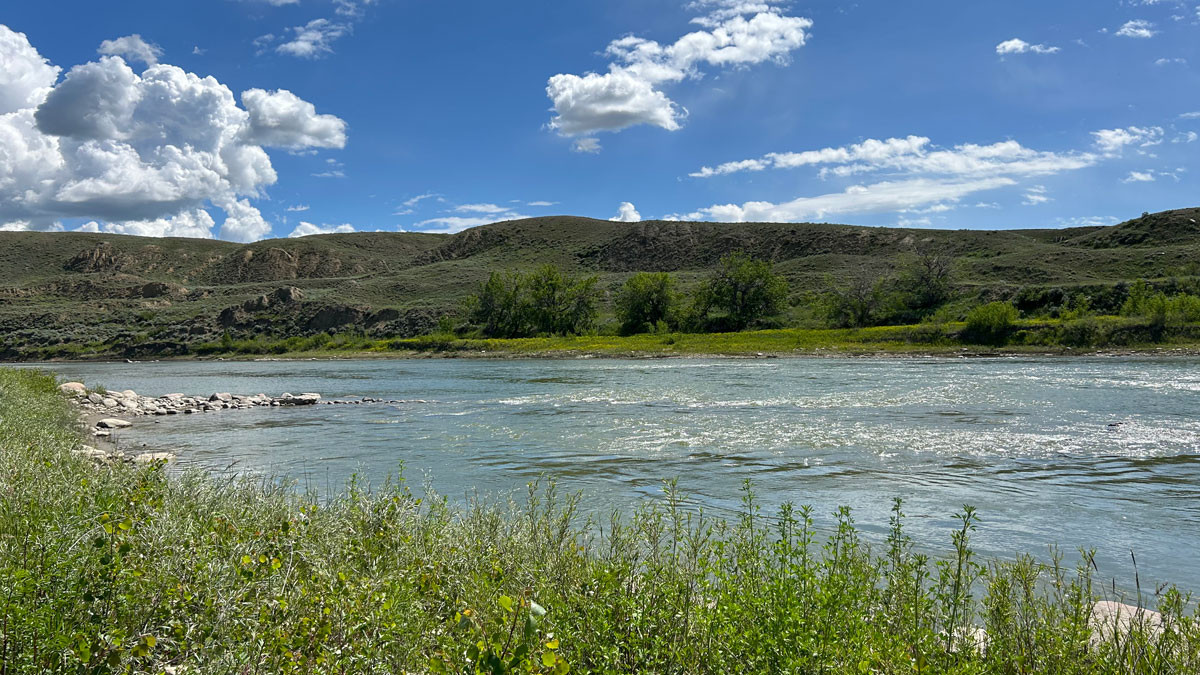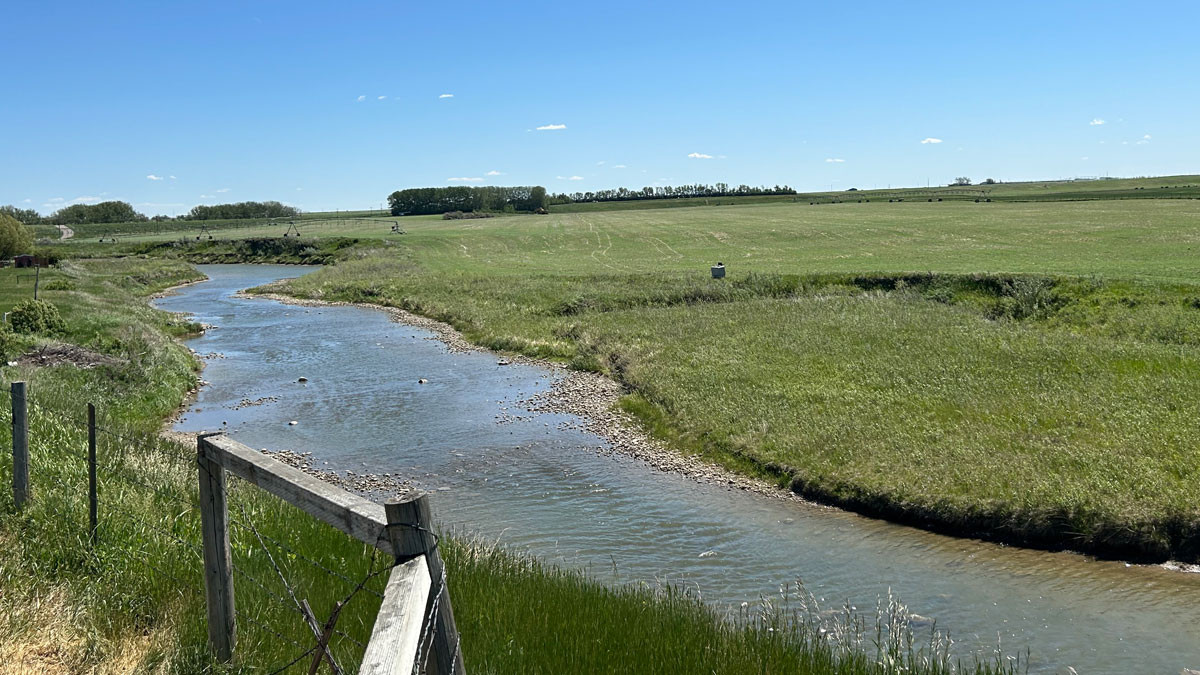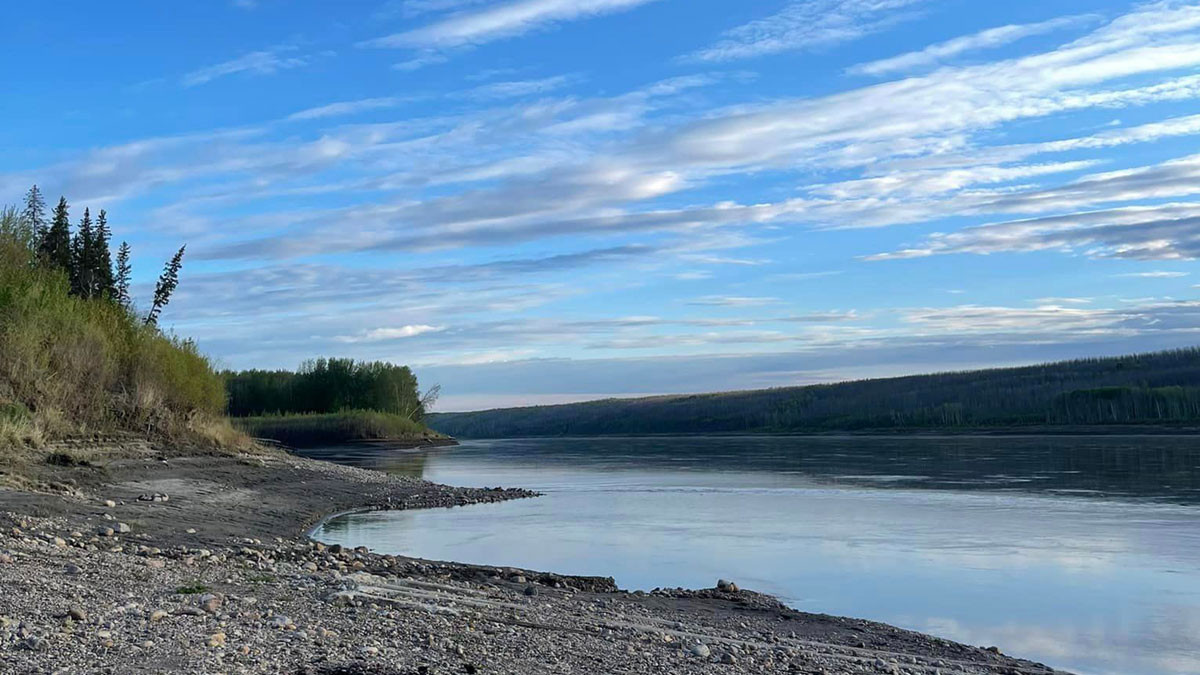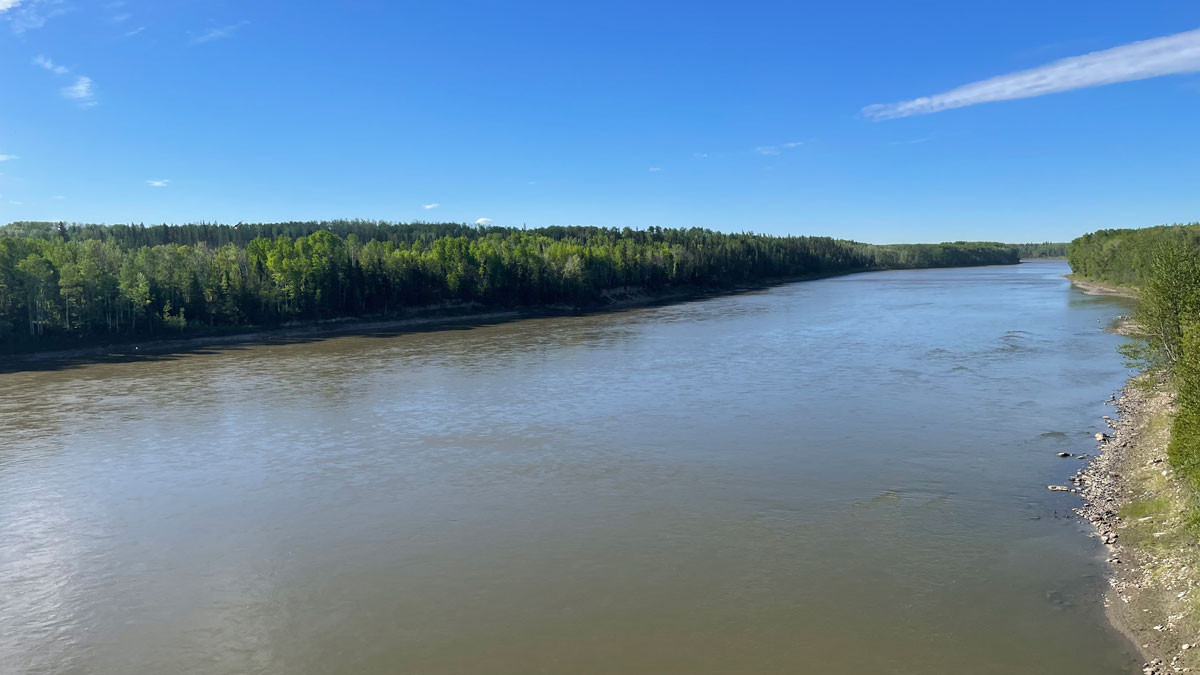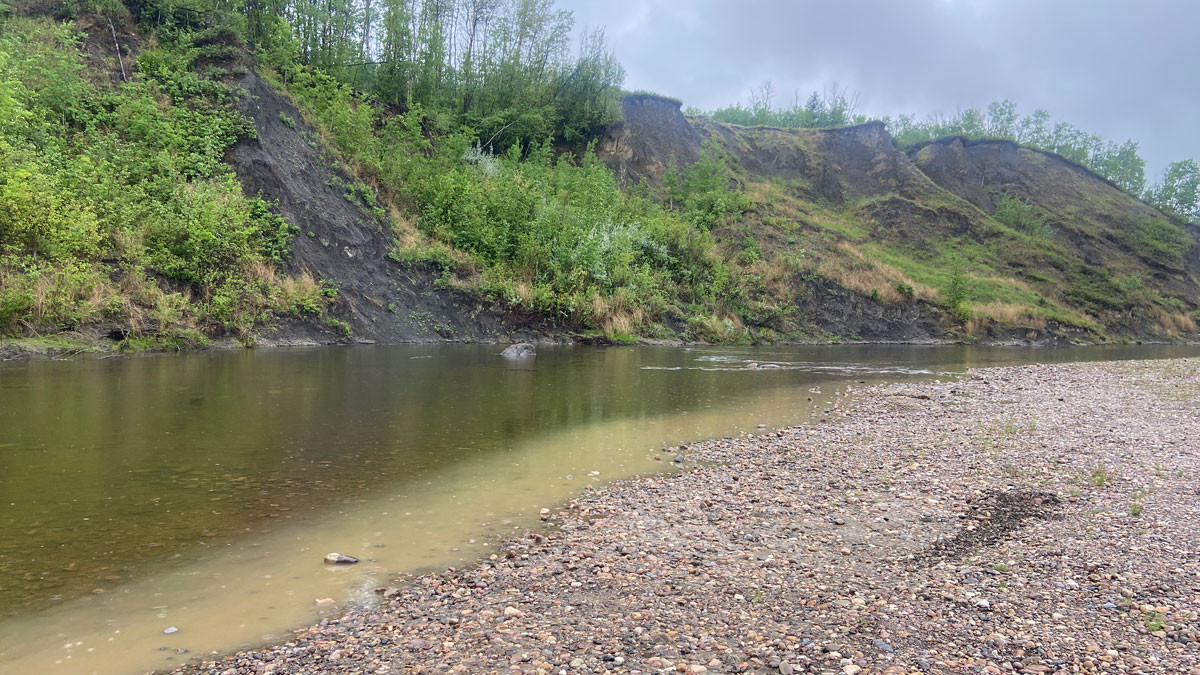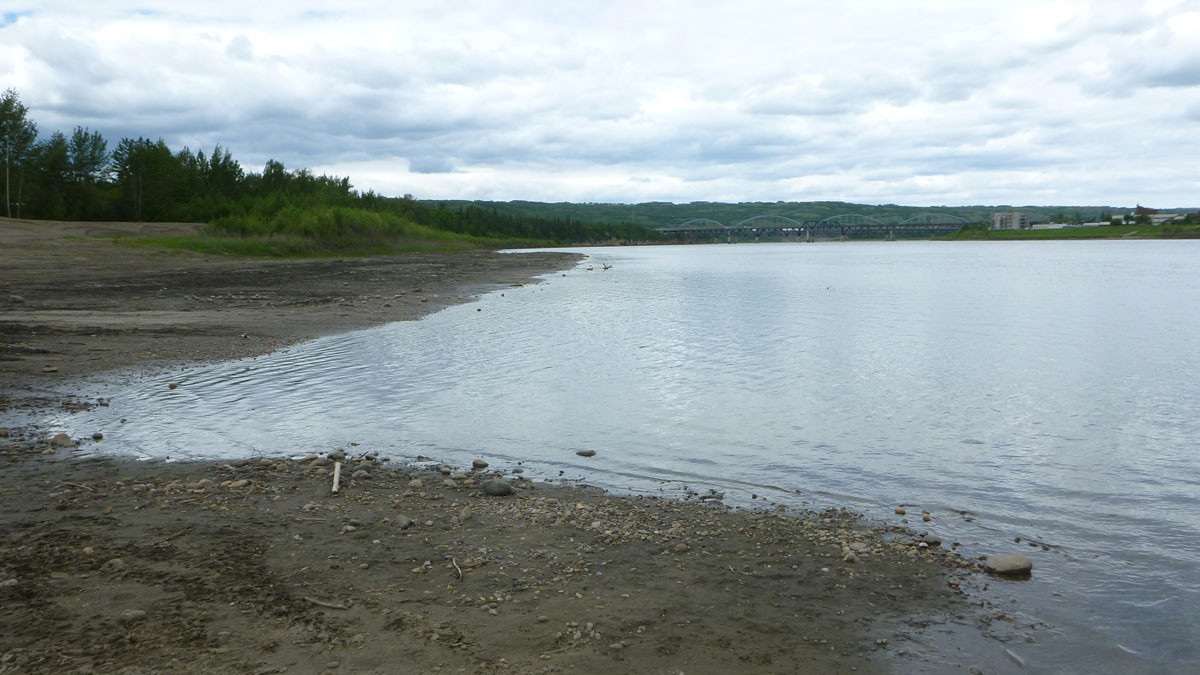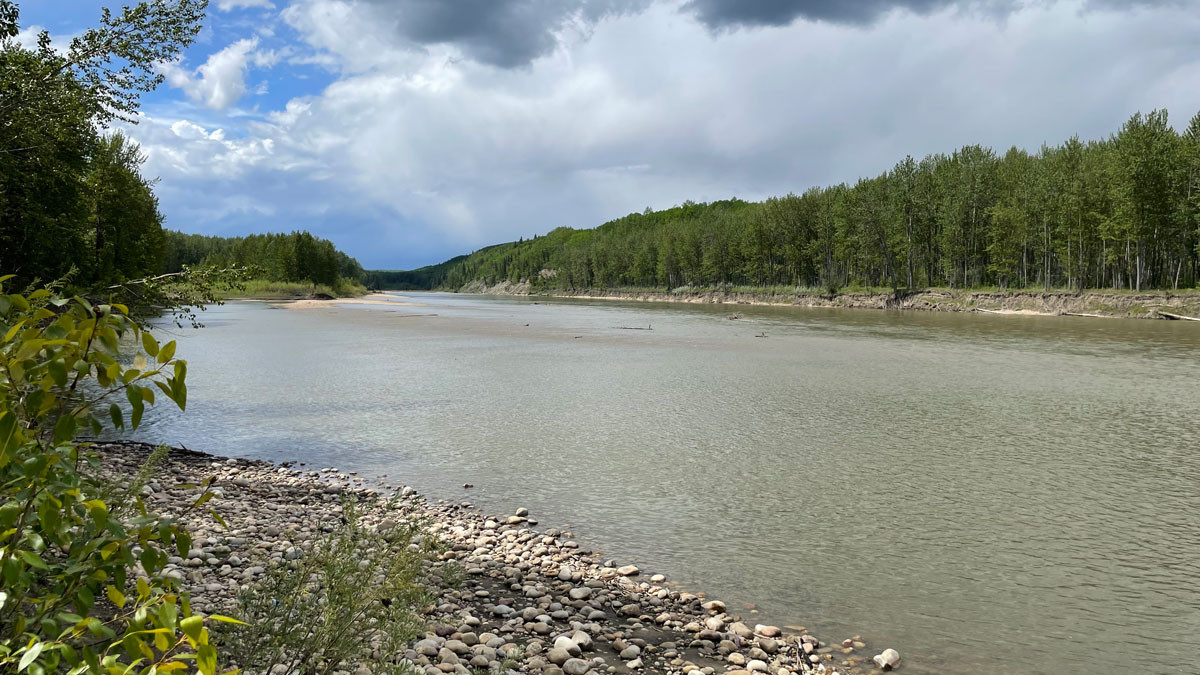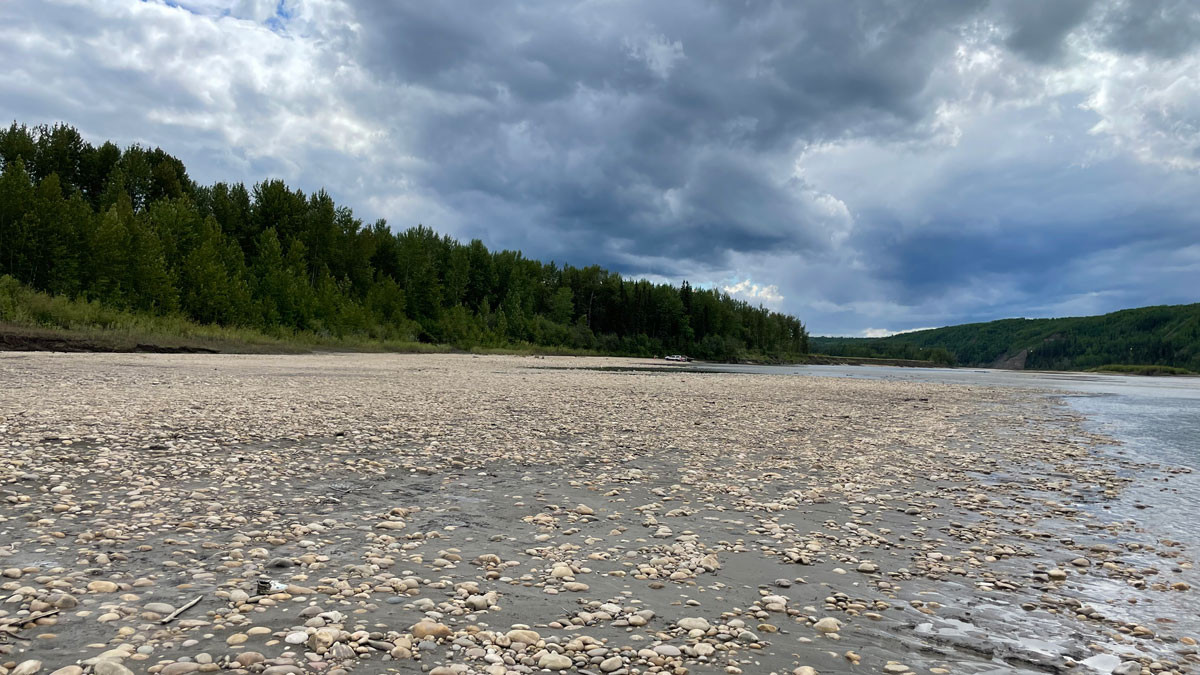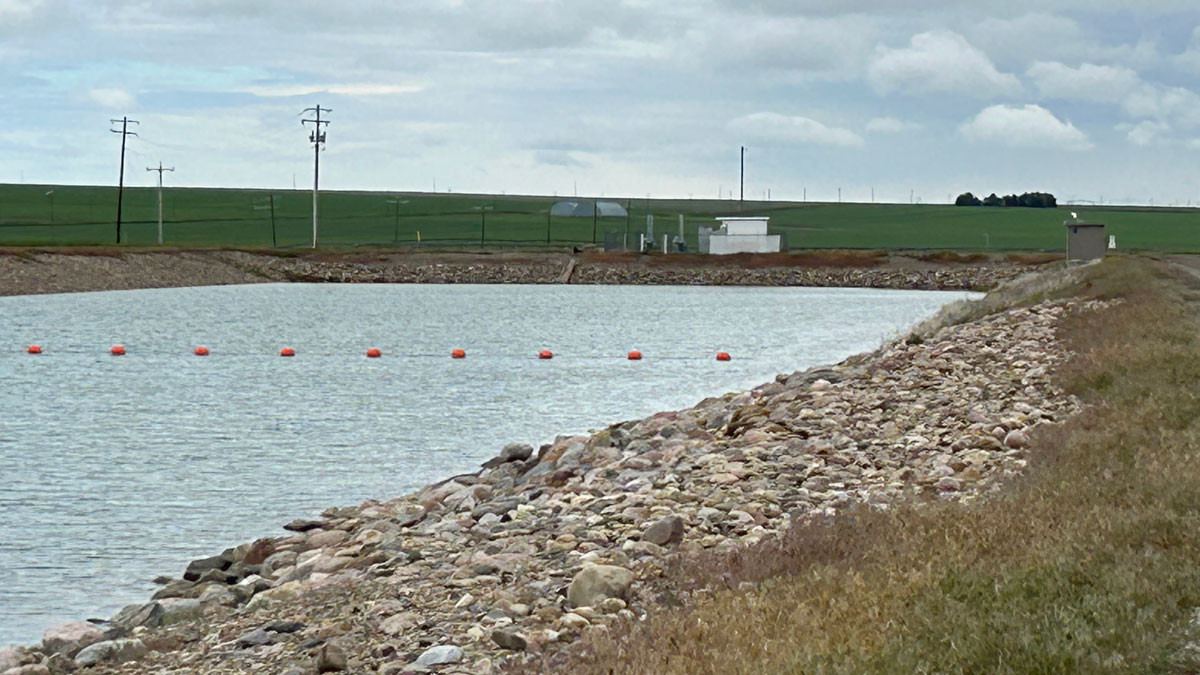Latest updates
Monthly updates to snowpack and water supply outlook data resumed in February. Regular updates to the remaining sections will resume in late April. The sections below also include links to resources that are updated more frequently.
Provincial overview
- Most basins are now at stage 0 or 1 (out of 5), with the Milk River basin at stage 3.
Alberta's government continues to carefully monitor snowpack, precipitation, river levels and other key data to ensure drought conditions are well understood and all water users and Albertans have the information they need to be prepared.
Drought assessment map
We are now classifying drought stages by major river basin and sub-basin. This change makes it easier to see conditions affecting different regions.
You can use the online map to learn more about the drought assessment for your area.
Get more right on your phone
Advisories, snowpack and river conditions, reservoir data, forecast details and more are available right on your smartphone via the Alberta Rivers app.
Download for:
Photo gallery
Slideshow: Impacts of water shortage in southern Alberta
Use keyboard or mouse to scroll through the gallery
Contact
Connect with Environment and Protected Areas’ Outreach Services:
Hours: 8:15 am to 4:30 pm (open Monday to Friday, closed statutory holidays)
Toll free: 310-3773 (in Alberta)
Email: epa.drought@gov.ab.ca
